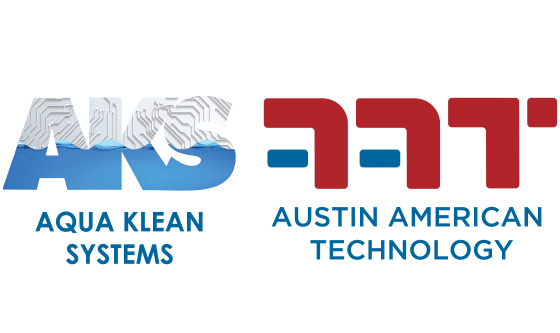There are a variety of electronics cleaning systems available that employ different cleaning methods. How do manufacturers know which cleaning method is best for a given application? Answering this question is crucial as manufacturers must select the right cleaning method to ensure the reliability of electronics in the field. For this reason, it is important to partner with a knowledgeable and experienced cleaning company, like Austin American Technology (AAT). AAT guides customers through the process of selecting the cleaning method to ensure the best equipment and chemistry are chosen to meet each customer’s unique needs.
When determining which cleaning method to employ, there are several factors to consider. Manufacturers first need to determine the contaminants that to be removed as well as the cleanliness standards and specifications that must be met. The next step is to select a solvent that will remove the contaminants present and select a cleaning system that best suits the application – ranging from batch and in-line systems that operate with spray-in-air or immersion technologies. Below is information about the most common circuit board cleaning methods: spray-in-air and spray-under-immersion & ultrasonics.
Spray-in-Air
Spray-in-air cleaning systems are common and are found in various electronics cleaning applications. With this technique, the cleaning solution is sprayed onto the PCBs through oscillating or rotating spray nozzles to ensure adequate contact with all of the electronics is achieved. Spray-in-air cleaning, especially when employed in continuous inline machines, utilizes high-flow impact energy and deflective forces to remove contaminants. The exposure time can be extended as necessary to remove challenging fluxes or residues, and achieve the desired cleanliness level.
Spray-Under-Immersion and Ultrasonics
Spray-under-immersion (SUI) and ultrasonic cleaning methods completely immerse PCBs in a single or series of tanks filled with cleaning solution to achieve full contact with every surface of the circuit board. These processes are often used when longer soaking steps are needed, or the PCB has internal cavities that are hard to reach with spray cleaning methods.
Spray-under-immersion cleaning systems often use a manifold of nozzles to circulate the fluid and apply mechanical energy to facilitate the PCB cleaning process. SUI systems utilize the power of the solvent to dissolve and remove contaminants, and the mechanical energy applied in the spray-under-immersion method is typically gentler on the PCB than spray-in-air or ultrasonic cleaning techniques. Thus, this method is best suited for applications where a given solvent is very well matched to the contaminant being removed.
Ultrasonic methods use cavitation to clean submerged PCBs. While immersed, sound waves are transmitted into the fluid. When the sound waves intersect, tiny bubbles form and grow until they implode, releasing a high velocity stream of fluid that physically removes nearby contaminants.
Cavitation is not a gentle technique. Temperature and pressure are very high at the site of the bubble implosions. Additionally, ultrasonic cleaning conducted at lower frequency is known to cause damage to PCBs; thus, today’s ultrasonic systems use higher wave frequencies to produce smaller cavitation bubbles that are gentler on the PCB surface.
Comparison of Spray-in Air and Ultrasonics
While there are some applications where SUI and ultrasonic cleaning methods are the most cost-effective solution, as a general rule of thumb, the spray-in-air method is the preferred cleaning solution. Spray-in-air cleaning systems offer the following advantages over ultrasonics:
- No component damage: in the absence of ultrasonic energies there is no possibility for component deterioration.
- Process stability: unlike ultrasonic systems, the chemical concentration of the wash fluid can be maintained constant regardless of the number of cycles if the metering pump option is implemented.
- Range of cleaning applications: spray-in-air systems have been successfully installed for multiple applications such as adhesive removal, paste removal, and reflowed flux removal in a single cleaning machine. In general, ultrasonic systems are limited to solder paste removal only.
AAT’s Electronics Cleaning Solutions
AAT is an innovative, market-leading company, engineering and manufacturing production and assembly systems for the electronics manufacturing industry. From general purpose to high reliability requirements, AAT systems are design-driven by the science of cleaning.
AAT provides a large variety of different cleaning machines for many diverse cleaning applications including: low pressure spray in air, high pressure spray in air, spray under immersion, ultrasonics, solvent cleaning, aqueous cleaning, batch cleaning, in-line cleaning, etc. As a result, AAT has extensive experience and expertise in each of the listed cleaning methodologies and techniques. Below are some of our cleaning systems.
- Aqua Rose Batch: world’s first aqueous batch cleaner and ROSE tester in
- NanoJet and MicroJet Inlines: known for its small footprint and high performance
- ExtremeJet Inline Micro Hybrid: enhanced wash with 14 spray arms (7 upper, 7 lower)!
- HydroJet Inline: able to wash with chemistry or water in one machine with a small footprint!
Contact us today to learn how we can help with your circuit board cleaning needs.
